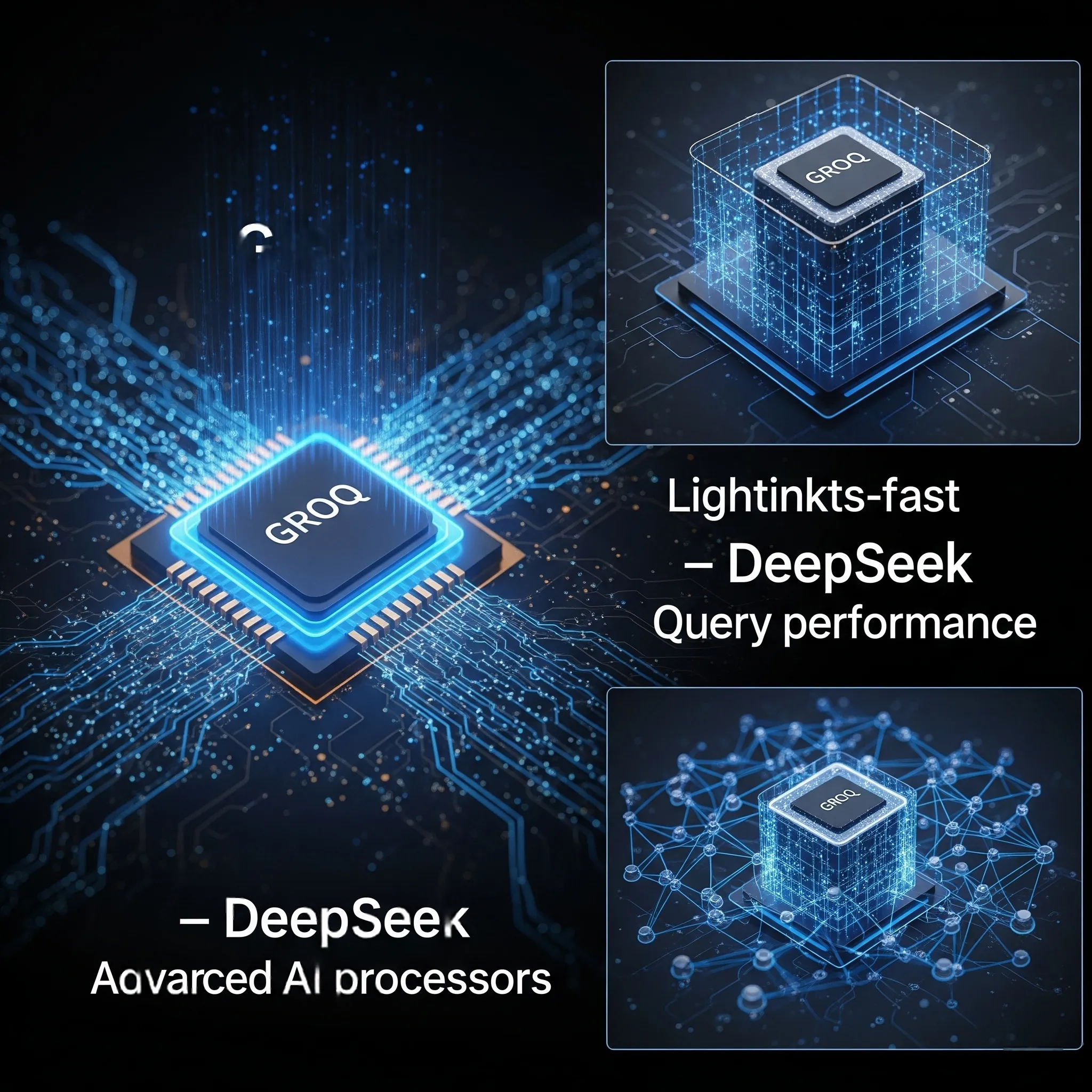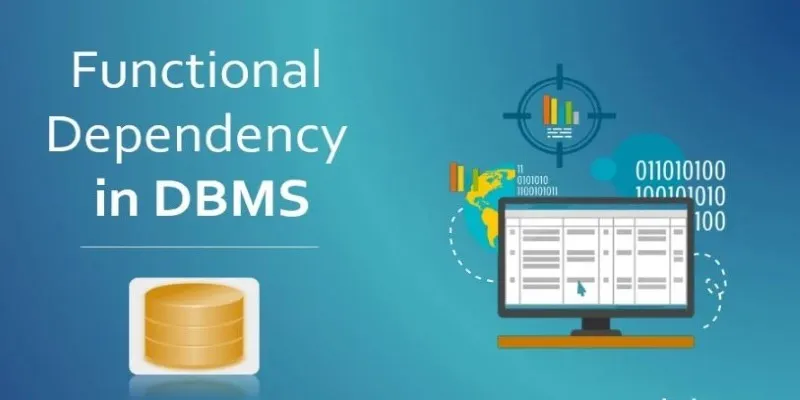The launch of DeepSeek has sparked lively discussions across technology and business circles. Announced only weeks ago, this modular AI platform aims to provide a more adaptable approach to artificial intelligence. It enables teams to manage large-scale data, natural language tasks, and predictive analytics more effectively. Unlike many AI releases that generate noise without much impact, DeepSeek has already shown strong results in private trials, raising expectations among professionals. Engineers, developers, analysts, and executives are now weighing in on how this new platform might reshape workflows and decision-making, as well as whether it lives up to its promise of being both practical and innovative.
A New Approach to AI Architecture
DeepSeek has drawn attention for its distinctive AI architecture. Rather than relying on one massive, general-purpose model, it uses a modular design. Each module is trained for specific tasks and coordinated through a lightweight orchestration layer. This makes customization much easier for industries like healthcare, logistics, and finance without needing to rebuild a full model from scratch.
This modular setup has been welcomed by developers who have struggled with the rigidity of traditional large models. These models tend to be powerful yet inflexible, often making it hard to tailor them to narrow use cases. With DeepSeek, companies can pick only the modules they need and adjust them, improving efficiency. Smaller, focused modules generally require less processing power, reducing costs and resource strain while maintaining strong performance.
Its support for mixed data types is another strength. Organizations often work with a mix of text, numerical information, images, and audio. DeepSeek claims to handle these formats together without extra tools or clunky workarounds. Teams that have long dealt with fragmented systems see this as a way to simplify operations and avoid wasted effort on integration work.
Business Reactions: Cautious but Optimistic
The business response has been largely positive but measured. Given the frequent hype surrounding AI, many leaders are keeping their expectations realistic while still showing interest. Companies in retail, insurance, and logistics say the platform could help them understand customer behavior more quickly, improve planning, and reduce repetitive tasks without needing to expand their teams.

One retail manager noted that DeepSeek’s speed and adaptability could let small teams take on larger workloads without heavy investments in infrastructure. Others have pointed out the potential for savings by avoiding over-scaling cloud resources, which is often expensive. For many businesses, the appeal lies in getting more value out of existing resources while improving output.
Some executives remain wary of how the platform will perform under real-world conditions. Early testers often benefit from ideal setups and dedicated support that larger organizations can’t replicate at scale. There are also questions about how smoothly DeepSeek will work with existing systems. The modular design could, in theory, add new points of complexity when tied into older software. Businesses are watching closely to see whether it can maintain its simplicity as deployments grow larger and more complicated.
Developer Perspective: Flexibility and Transparency
Developers and machine learning engineers have voiced cautious enthusiasm about DeepSeek’s more transparent design. Many AI tools provide limited insight into how their results are generated. However, DeepSeek lets developers see how modules interact, trace data sources, and adjust settings without being locked out of the process. This level of visibility helps build trust in the outcomes and makes it easier to refine models when needed.
Flexibility is another major factor. Data scientists like the option to work with individual modules in isolation before committing to a full implementation. This modularity aligns better with the experimental, iterative nature of development teams. Its interface and APIs are reportedly easy to integrate into current workflows, saving time and reducing disruption during rollout.
Still, some engineers are skeptical about whether the modular approach will hold up under pressure. Distributing work across smaller modules introduces more points of failure, and there are concerns about added latency. Until it has been tested more thoroughly in demanding, high-volume scenarios, some are holding off on strong endorsements.
Challenges Ahead and Industry Expectations
Although reception has been mostly positive, DeepSeek faces a range of challenges. One is proving it can meet expectations over time. The industry has seen many overhyped products that struggled to deliver once deployed at scale. Building credibility with consistent performance will be key to broader adoption.

Another challenge is the competitive landscape. There are already dominant players in the AI space, and convincing companies to switch to a new platform isn’t easy. Many organizations have invested heavily in their current systems and are reluctant to change unless the benefits clearly outweigh the costs.
There are also ongoing concerns about ethics, privacy, and compliance. Organizations want assurances that data is handled responsibly and that the system meets all legal standards, such as GDPR. Questions about bias in training data and how DeepSeek mitigates such issues remain part of the conversation as well.
Even with these obstacles, professionals see the platform as a step toward more usable and transparent AI. Its approach reflects a shift away from opaque, one-size-fits-all models and toward more adaptable, understandable tools. Many are eager to see how it performs once deployed more widely.
Conclusion
DeepSeek has arrived at a time when many have grown tired of vague promises about AI and want tools that deliver real, practical results. Its modular structure, transparency, and support for varied data types have generated genuine interest among developers and business leaders alike. While there are reasonable concerns about scale, integration, and long-term reliability, the early signs are encouraging. DeepSeek may not reshape the AI landscape overnight, but it is opening the door to more thoughtful, flexible ways of applying machine learning in everyday operations. For now, the industry seems willing to watch and give it a chance to prove itself.
 zfn9
zfn9


















